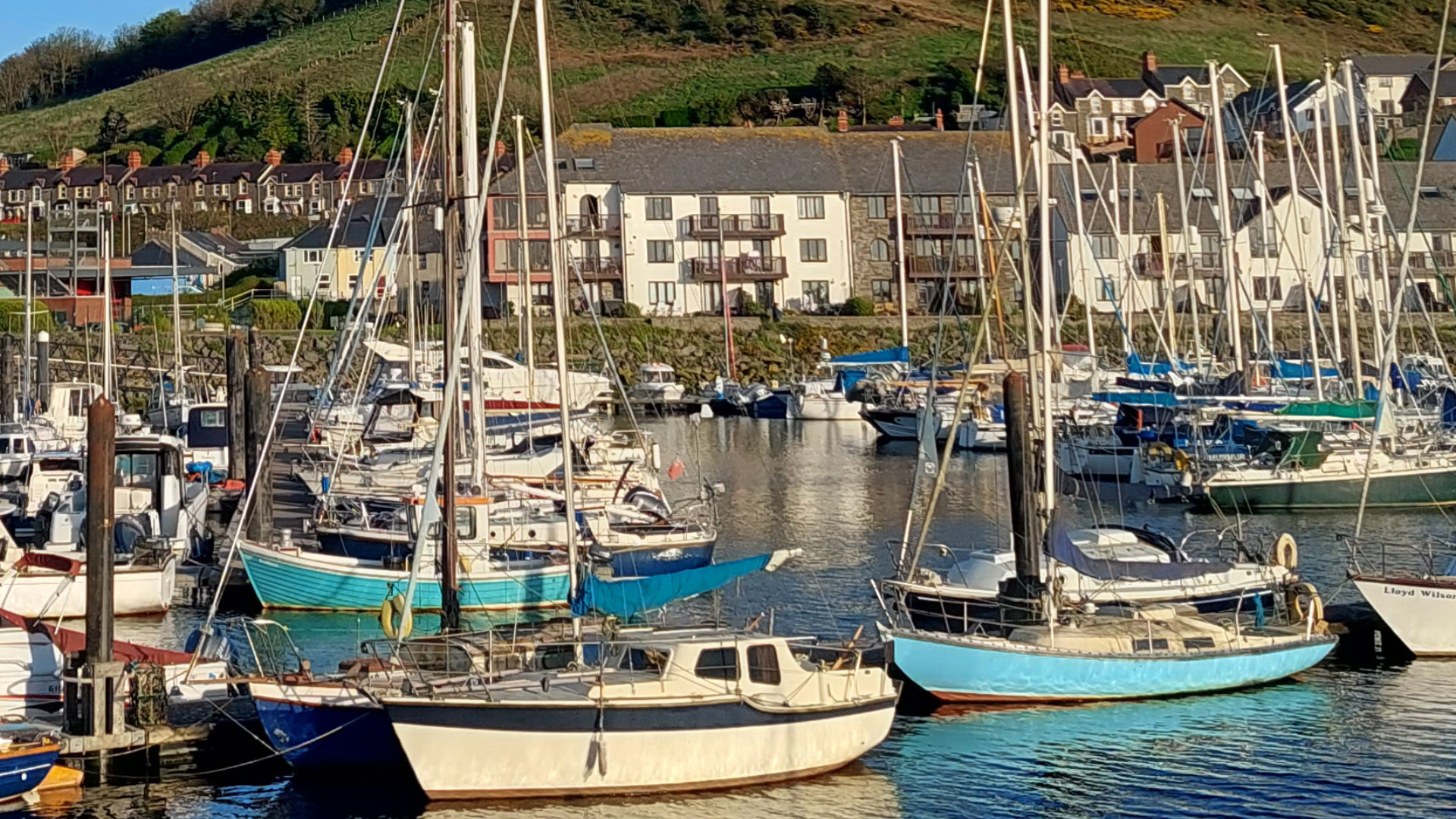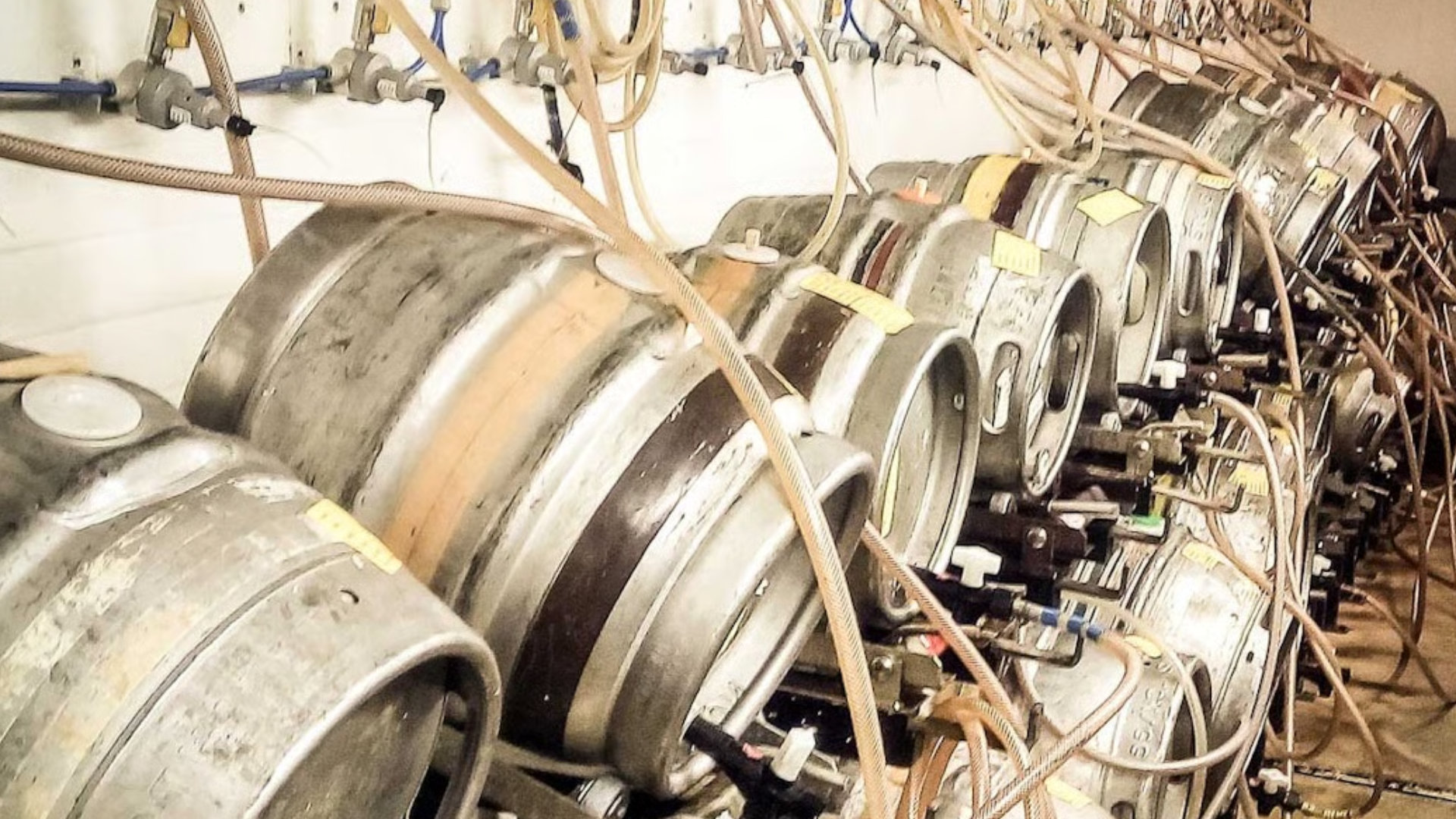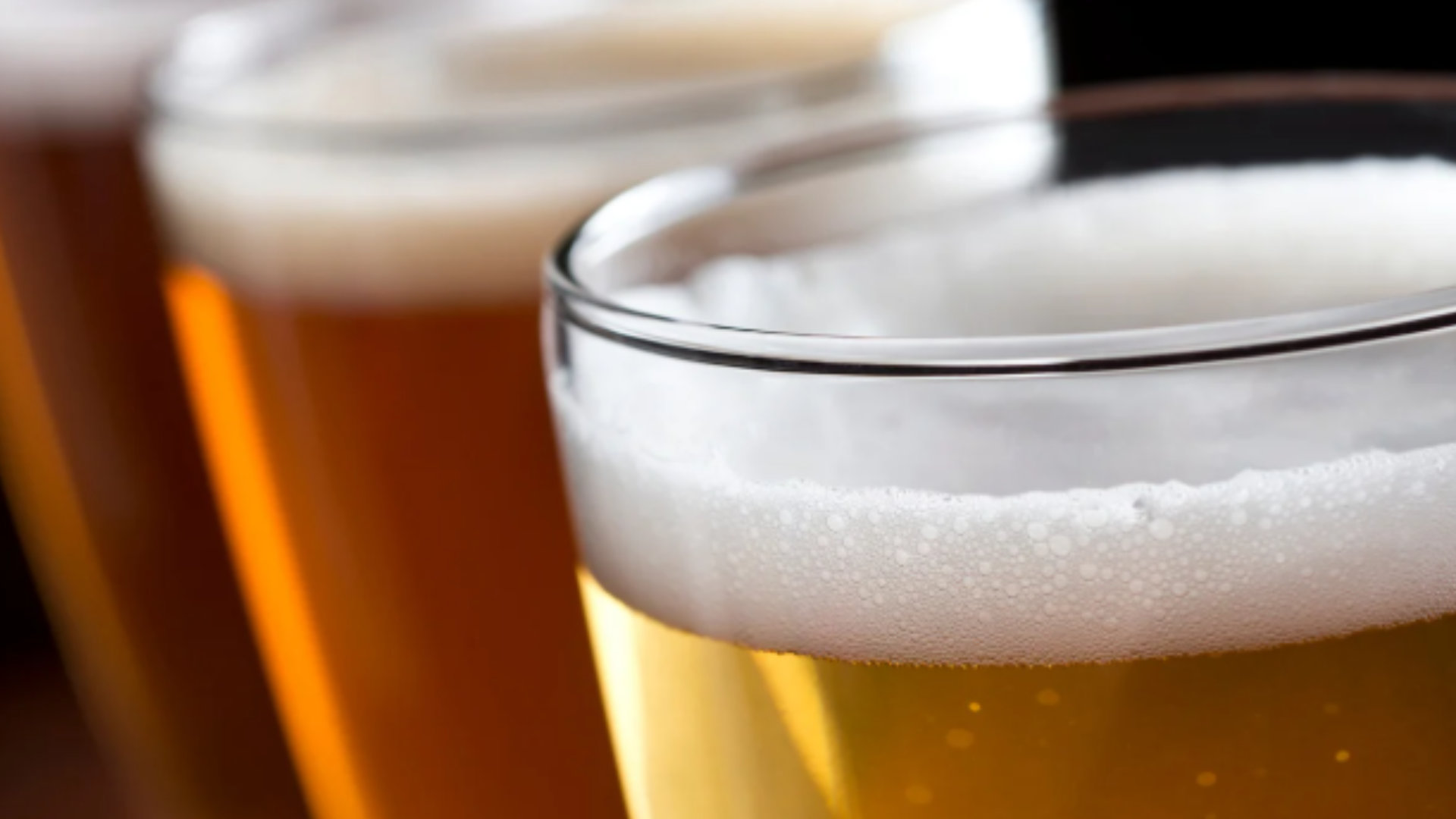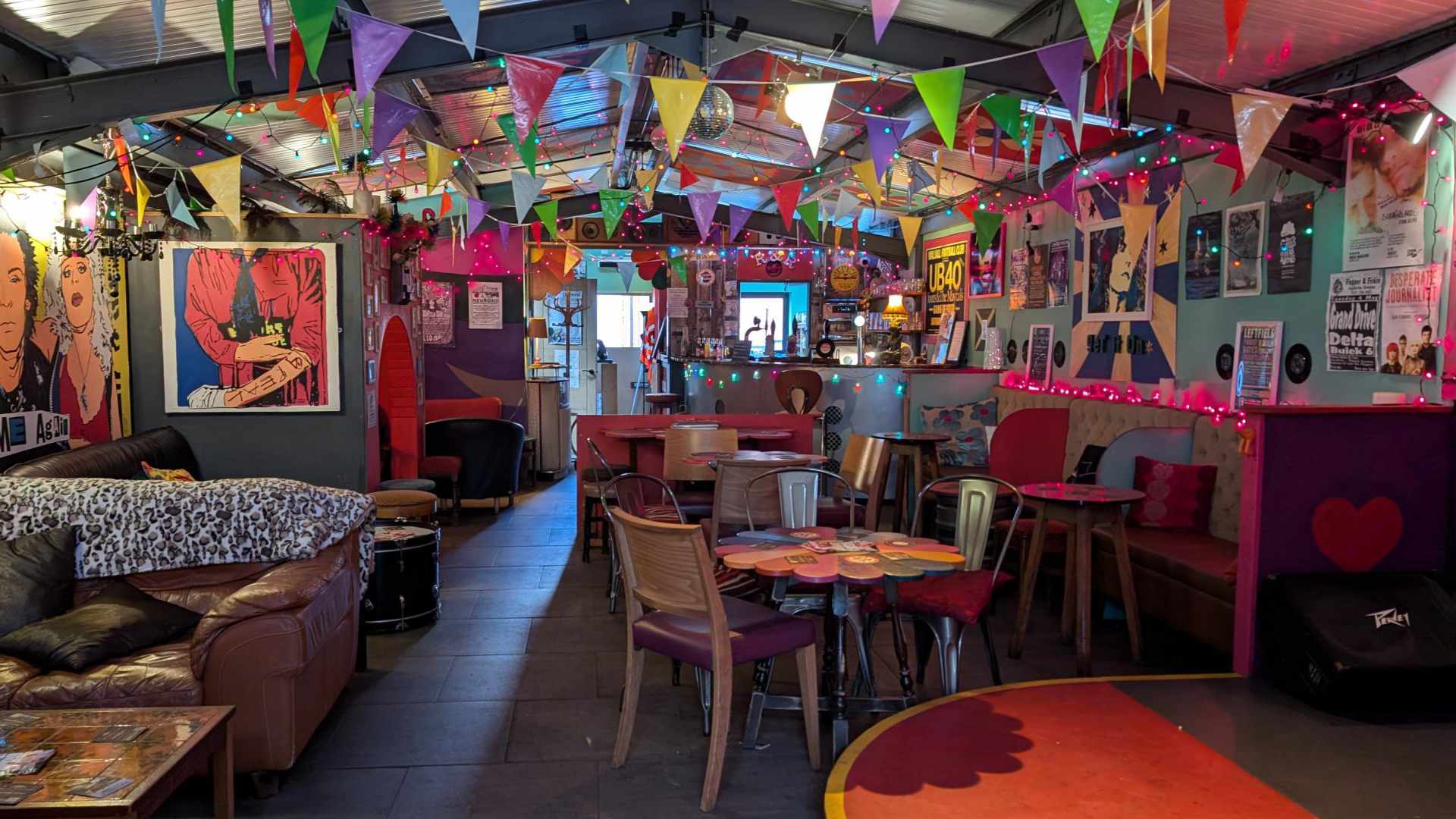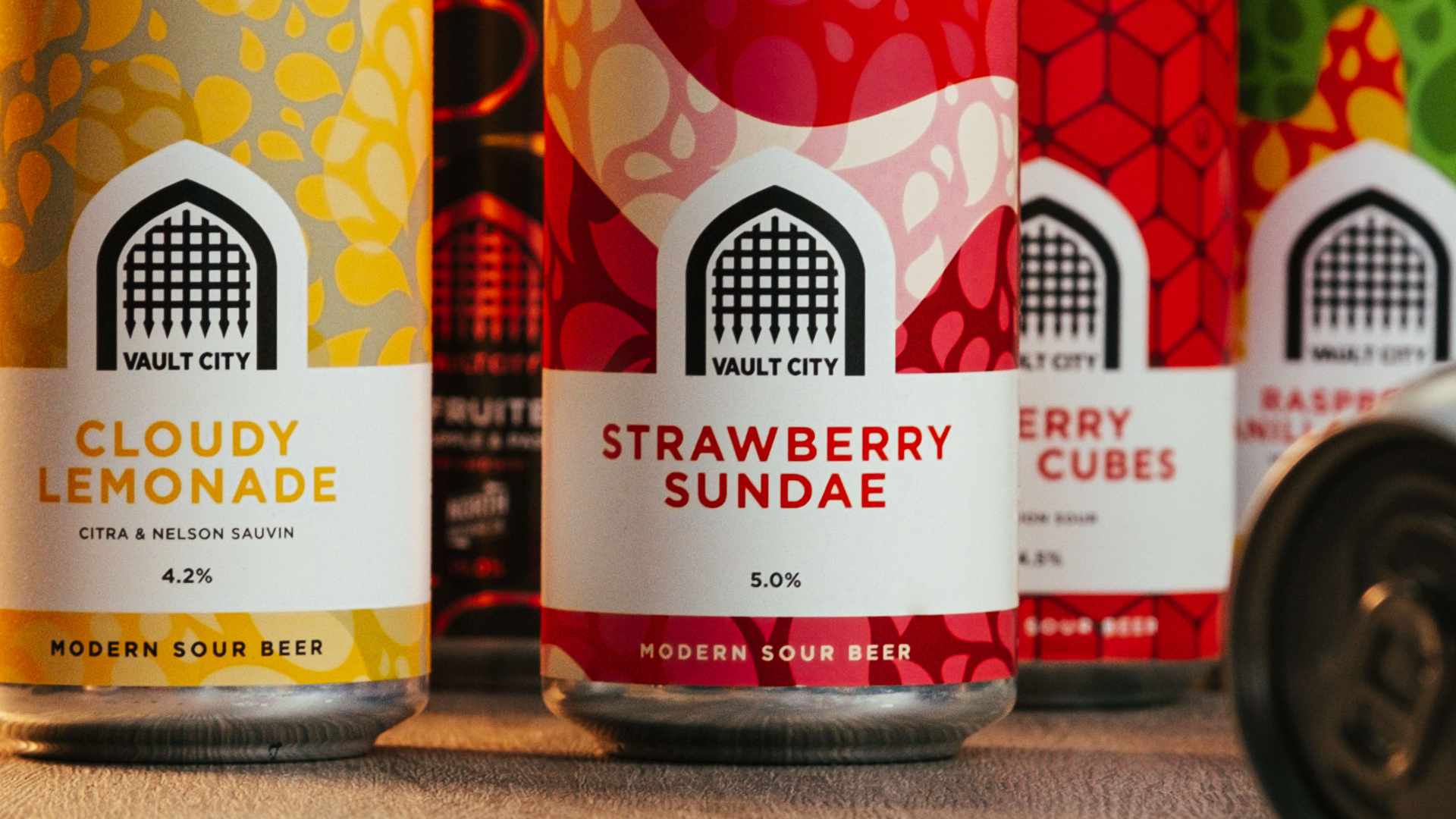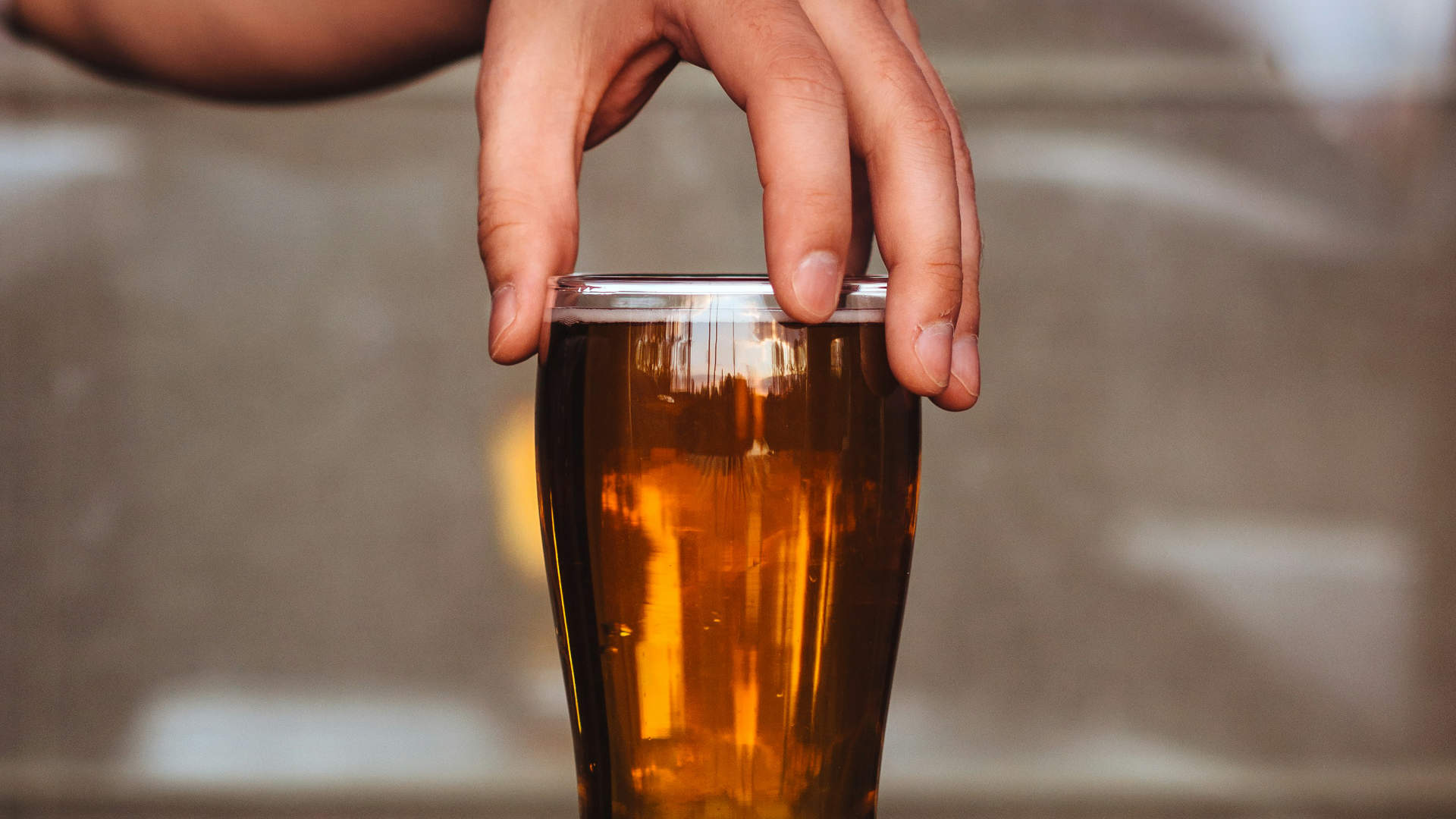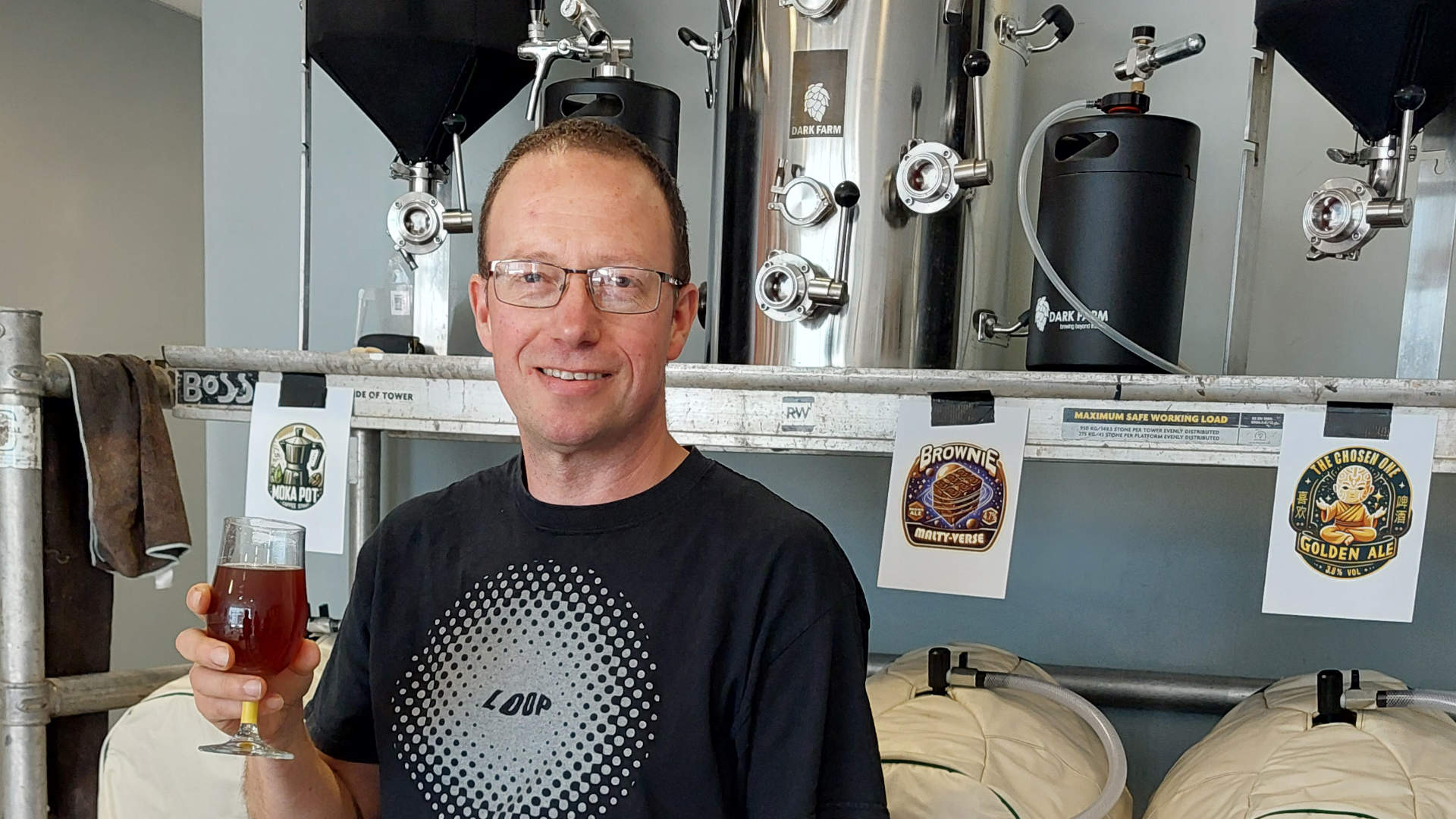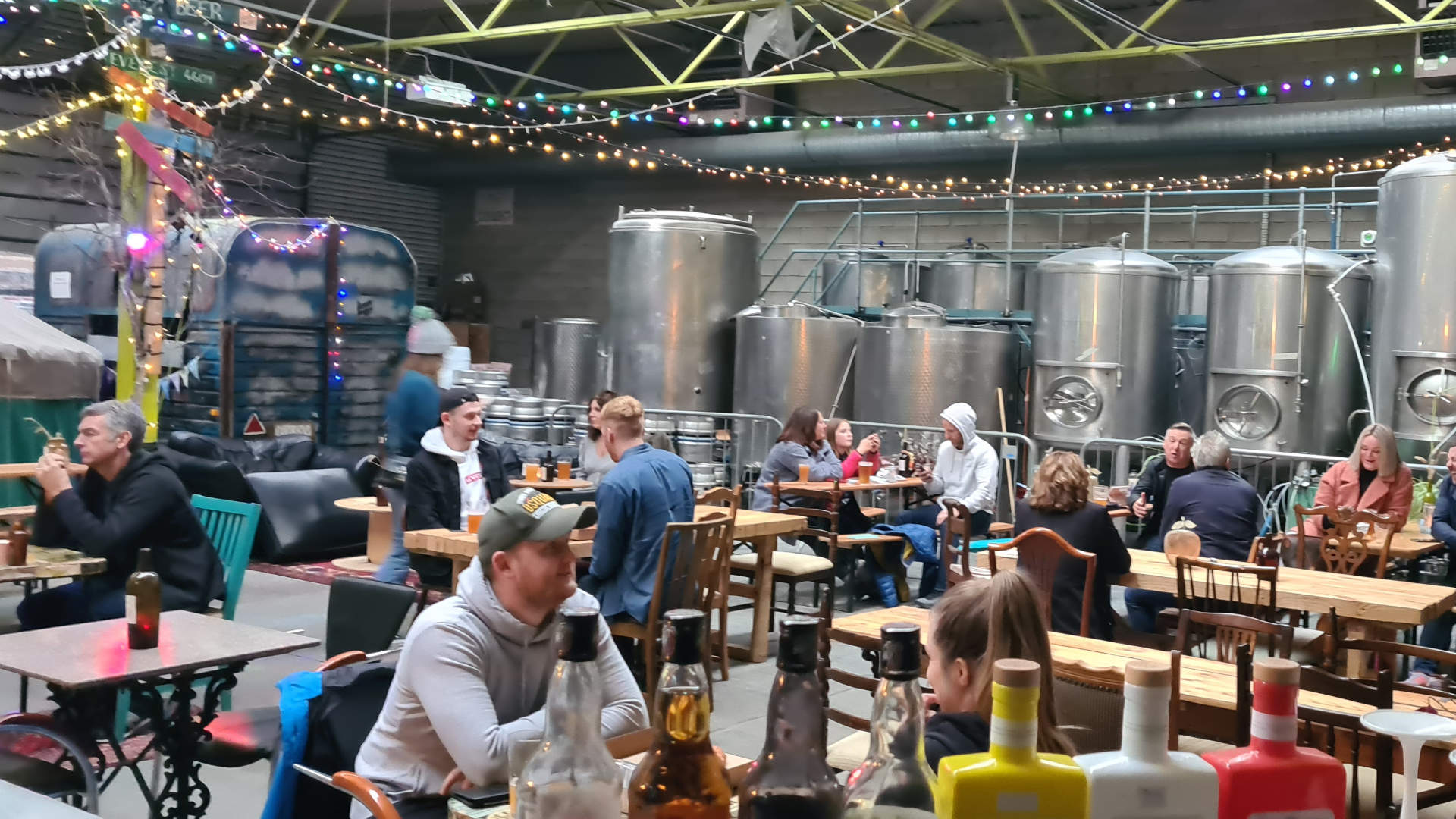We’ve been getting into real ales a lot more here at MASHED. And spurred on by the challenge of participating in Aber Beer Fest this summer with our first ever cask ales, we’ve been looking at what makes a great real ale. When we’ve brought this up in conversation with our beer buddies, Dancing Duck Brewery has been recommended to us a number of times. Dancing Duck are a multi-award-winning brewery based in Derby producing enticing seasonals like Quack Addict, a fruity chestnut ale and Beaky Blinders golden ale. They have a solid core range, which includes their famous 4.5% ABV Dark Drake stout, decorated with Best Stout in Britain awards in both CAMRA and SIBA competitions, and Bronze Champion Beer of Britain at CAMRA’s Great British Beer Festival (GBBF) in 2015. Their list of awards (and duck puns) is huge, so we can understand why people are talking about them.Â
Founded by Rachel Matthews in 2010, who initially ran the brewery solo, Dancing Duck Brewery now has a team of nine, producing almost a million pints a year. On top of this, they also craft and sell distilled spirits including their 41% ABV beer spirits. If you’ve never tried a beer spirit, these are spirits made from beer (as you would guess), slowly distilled to carry through the malt and hop flavours of the beer. Small pieces of cognac or bourbon cask are added to the spirits for the ageing process to bring extra colour and flavour to the party. For smoky dark chocolate aromas, and caramel and coffee hits on the pallet, go for the Dark Drake beer spirit. For tropical fruits notes with a spicy finish, get yourself Abduction, made from Dancing Duck’s Abduction IPA. They also barrel age their Dark Drake stout for 9 months in both bourbon and whisky barrels to produce their 6.5% Imperial Drake. Â
 We were keen to discover more, so we contacted Rachel to get a bit of intel into their real ales. And yes, they have had a beer called Duzzy…
What’s your starting point when designing one of your ales?
RM: I start with thinking about what colour / style ale I’m going to make - so malt first. Then I decide ABV - how much malt. How much body and sweetness do I want in the beer - final gravity. Then I decide on hops.
Talk us through your process for cask conditioning your ales.Â
RM: We drastically slow down fermentation a couple of points above FG - chilling to 15°C for 24 hours then to 8°C. The beer is then moved into conditioning tanks in a room about 11°C so it warms back up slightly and carries on fermenting slowly. A couple of days before the beer goes out we put it into cask.
Top tip for cask conditioning?
RM: Ensuring you have the correct amount of residual sugars and yeast. Keep it at the correct temperature.
What does a great day at the brewery look like?
RM: We’ve got both vans going out full and nothing in the brewery breaks!
What’s the best decision you’ve made with regards to the brewery?
RM: Getting the right team together, it’s taken a while but in a small business it’s so important to have good people who all get along.
What potential do you think the real ale market has?
RM: I think it’s probably peaked, there’s more and more tasty keg beer and more people stopping or reducing their alcohol intake.
Read more, order beer and spirits, or book a brewery tour: www.dancingduckbrewery.com Â



